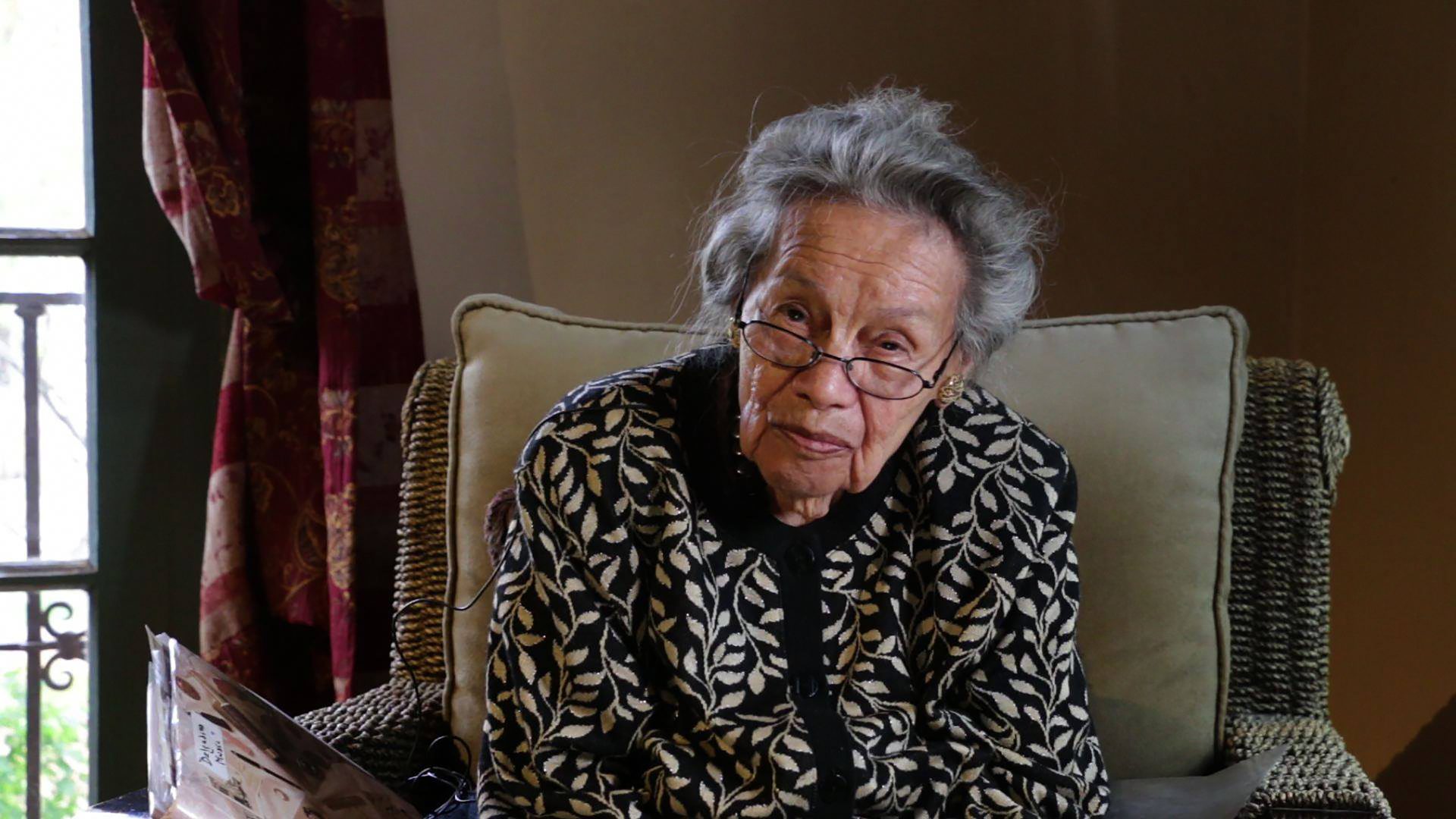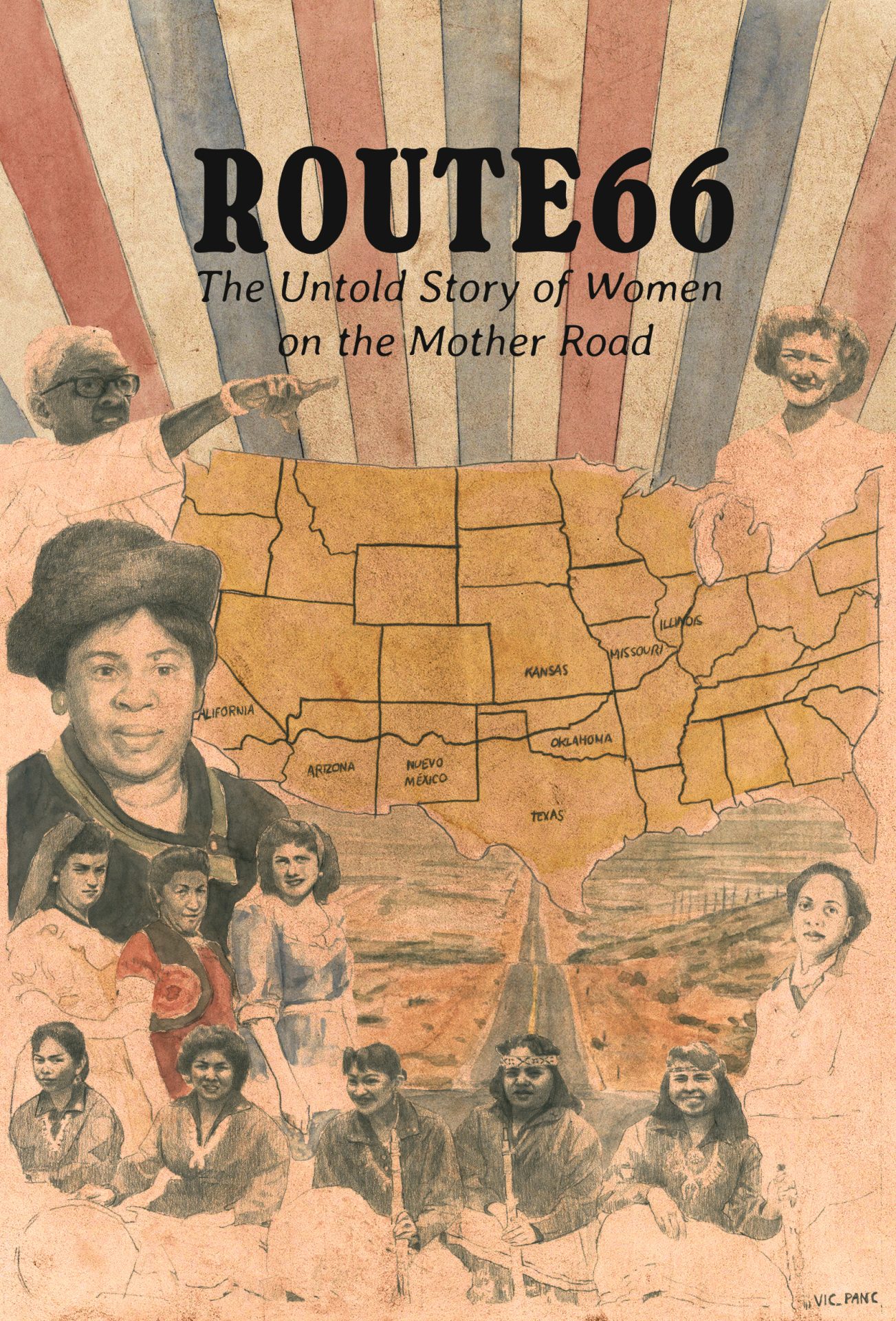
Untold Stories of the Mother Road
Uncover the extraordinary achievements of women who overcame gender discrimination and segregation to build their legacies on America's most iconic highway.
-
Fred Vigeant

Join us for the three part series Route 66 Women: The Untold Story of the Mother Road. This three-part series uncovers the extraordinary achievements of women who overcame gender discrimination and segregation to build their legacies on America’s most iconic highway.
 Part 1 on March 14 at 9pm – The Origin of Women on Route 66 – Women embraced driving from the start, despite assumptions from early automobile makers that men would be behind the wheel. For them, Route 66 was not just a way of getting from point to point, an opportunity for entrepreneurship, creativity, political activism and independence. From Pueblo women opening up roadside stands in New Mexico to an African American hotelier in Springfield, MO listed in the Green Book, women overcame segregation and gender discrimination to succeed on Route 66.
Part 1 on March 14 at 9pm – The Origin of Women on Route 66 – Women embraced driving from the start, despite assumptions from early automobile makers that men would be behind the wheel. For them, Route 66 was not just a way of getting from point to point, an opportunity for entrepreneurship, creativity, political activism and independence. From Pueblo women opening up roadside stands in New Mexico to an African American hotelier in Springfield, MO listed in the Green Book, women overcame segregation and gender discrimination to succeed on Route 66.
Part 2 on March 21 at 9pm – World War II & the Post War Period – World War II brought renewed energy and purpose to Route 66 as the country suddenly needed to transport people, arms and ammunition from one coast to the other. Hospitality work was viewed as a natural extension of the domestic sphere, and on Route 66 many women worked in family businesses providing food and lodging. The war allowed women to move out of low paying jobs and perform patriotic duties that were highly skilled and dangerous, such as sorting ammunition. After the war, these women would create vibrant businesses on their own. From the CEO of an iconic Route 66 restaurant in Gallup, NM to Navajo women at the Ordinance Depot in Flagstaff, AZ these women rejected domesticity in favor of a career. Also the story of the writing of the iconic song “Route 66” by Bobby Troup.
Part 3 on March 28 at 9pm – The Death and Rebirth of the Mother Road – In the 1950s, the creation of interstate highways, environmental disasters and unemployment begins to take a toll on Route 66 and the many small towns affected. Throughout it all, women were at the forefront to keep their main streets alive, from the first Latina mayor of San Bernardino, CA who created legislation for an off-ramp into a Mexican American neighborhood bypassed by the new highway; to Amy Inouye in Los Angeles, CA who has worked tirelessly to save the beloved “ChickenBoy”, a gigantic roadside statue. Women have been leading revitalization projects that keep the lights on in their communities, boost the local economy and preserve American history for generations to come.


